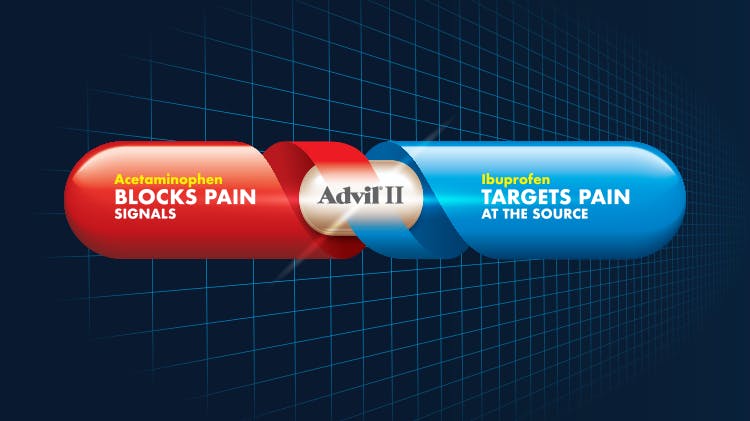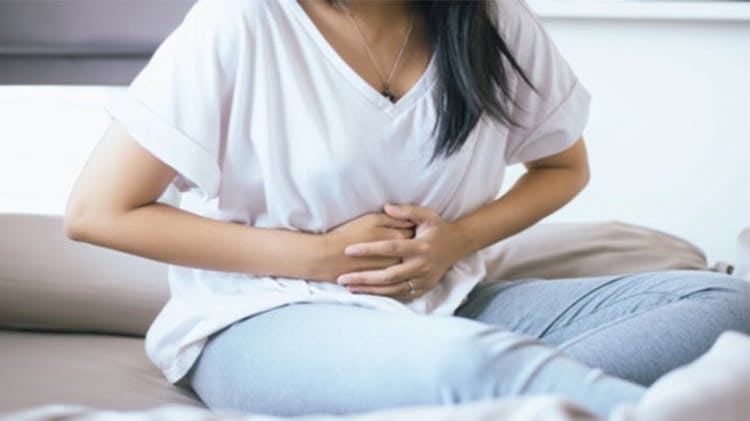Menstrual Pain Overview

Menstrual Pain Overview
Whether a patient is experiencing menstruation for the first time, or they’ve had their fair share of cycles, menstrual pain (dysmenorrhea) never gets old. A woman can experience a wide variety of pain symptoms throughout their cycle, especially leading up to the week of their period. From headaches, to nausea, mood swings, and hunger, let’s unpack menstrual pain symptoms and menstrual pain relief.
Menstrual Pain Symptoms
Shedding the lining in the womb takes places every month. While not every individual with periods experiences the same type of flow and has the same number of days in their cycle, many confront similar symptoms.
The womb's lining sheds every month through the contraction and relaxation of muscles. As a result, the tissue lining the woman’s womb detaches itself through the cervix and is released through the vagina along with blood.5 While every woman’s body and cycle is different, especially if they take contraceptives, this regular shedding of the womb’s lining can lead to a variety of symptoms.
At one time or another, patients have likely discussed painful symptoms such as cramps, back and leg pain, headaches, along with several others such as diarrhea and nausea. Some women may even experience intense symptoms during PMS (premenstrual syndrome), such as bloating, irritability, weight gain, fatigue, and more a week or two before their period.6
Before creating a treatment plan or providing tips to a patient struggling with dysmenorrhea, keep in mind that there are two types: primary and secondary, each with their own causes.6
Primary dysmenorrhea tends to be most common among women as it is not caused by other conditions. Rather, the pain women may experience during this time is due to the large number of prostaglandins the uterus makes.6
Secondary dysmenorrhea, however, typically starts later in life and is caused by endometriosis, uterine fibroids, and others conditions.6 Coming up with appropriate treatment will depend on your patient’s age, symptoms, and observations after a physical examination.
Pain Management and Menstrual Pain Relief
Pain management for dysmenorrhea will depend on the symptomology of the patient, but simple treatment options to offer when pain arises are as follows:6
- Recommend a heating pad that can be used in the affected area, such as the area below the belly button or the lower back.
- Incorporate light exercise into their routine if they don’t do so already
- Encourage yoga and meditation to help with pain management and stress
- Use over-the-counter pain medication such as Advil
- Get sufficient rest and avoid alcohol and tobacco products.
While menstrual cycles can trigger uncomfortable symptoms for patients, there are plenty of ways to help manage them. Be sure to read more about causes, stats and facts, and management for dysmenorrhea on the GSK Expert Health site.
Learn more

A duo of MOAs that fight pain together
Ibuprofen and acetaminophen work together to help target pain directly, while blocking pain signals.



